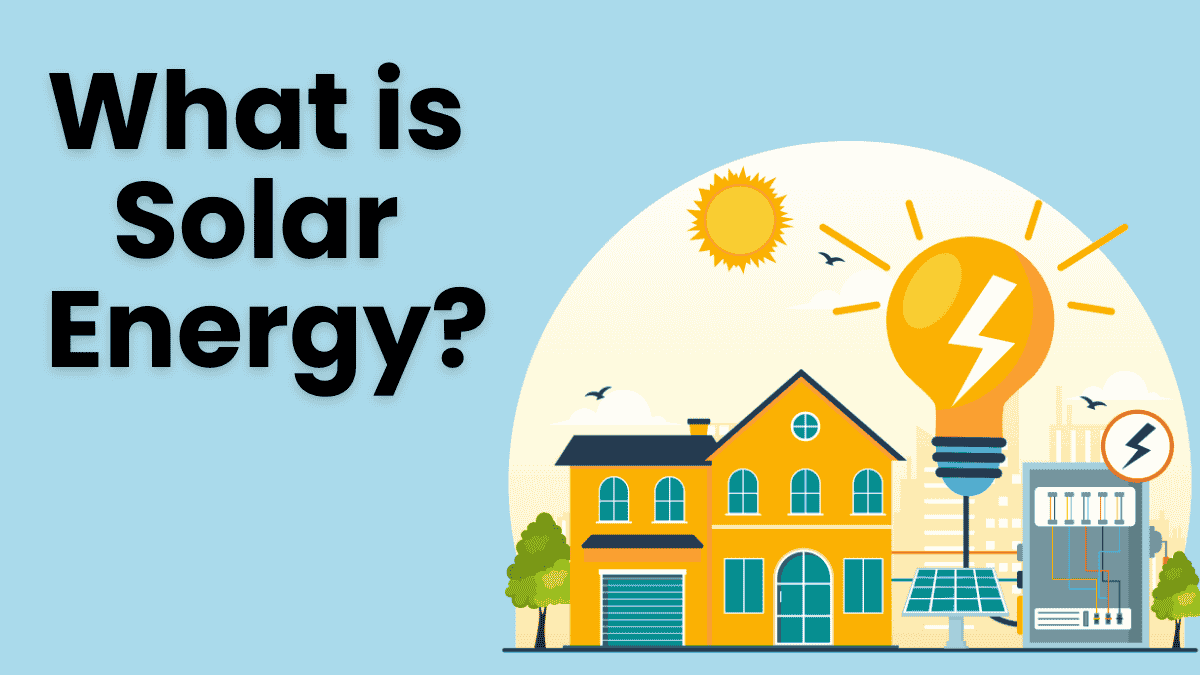
- business@first-powersolar.com
- The World Centre, Sen. Gil J. Puyat Ave, Makati, Metro Manila

The Philippines, blessed with abundant sunshine, is ideally suited to embrace a clean and sustainable power source: solar energy. Could you please explain what solar energy is and how it functions for Filipinos seeking renewable energy solutions? Let’s break down the basics of harnessing solar power in simple terms.
At its core, solar energy involves capturing the light and heat from the sun and converting it into usable power, primarily electricity for homes and businesses. This process relies on technologies like solar panels, which act as collectors of this natural energy source. For Filipinos considering clean energy alternatives, understanding how these systems function is key.
So, what is the science behind solar energy? It begins when sunlight strikes solar panels. These panels are made up of numerous solar cells constructed from special semiconductor materials. When photons from the sunlight hit these cells, they energize tiny particles called electrons, causing them to flow and generate an electrical current (DC). This DC electricity is then converted into the alternating current (AC) used in most Philippine homes and commercial establishments by a device called an inverter.
While generating electricity with solar panels is the most common application, solar energy in the Philippines offers other valuable uses:
Understanding the fundamentals of what solar energy is underscores its numerous benefits for our nation as we strive for energy independence and sustainability:
What solar energy offers the Philippines is a significant opportunity to build a more sustainable, resilient, and economically sound energy future. By understanding its potential and adopting solar technologies, we can harness the power of the sun for a brighter tomorrow for all Filipinos.
Empowering a sustainable future with cutting-edge solar solutions, First Power Solar Inc. is committed to delivering reliable and efficient renewable energy for businesses
Get updates on special events, news & trends